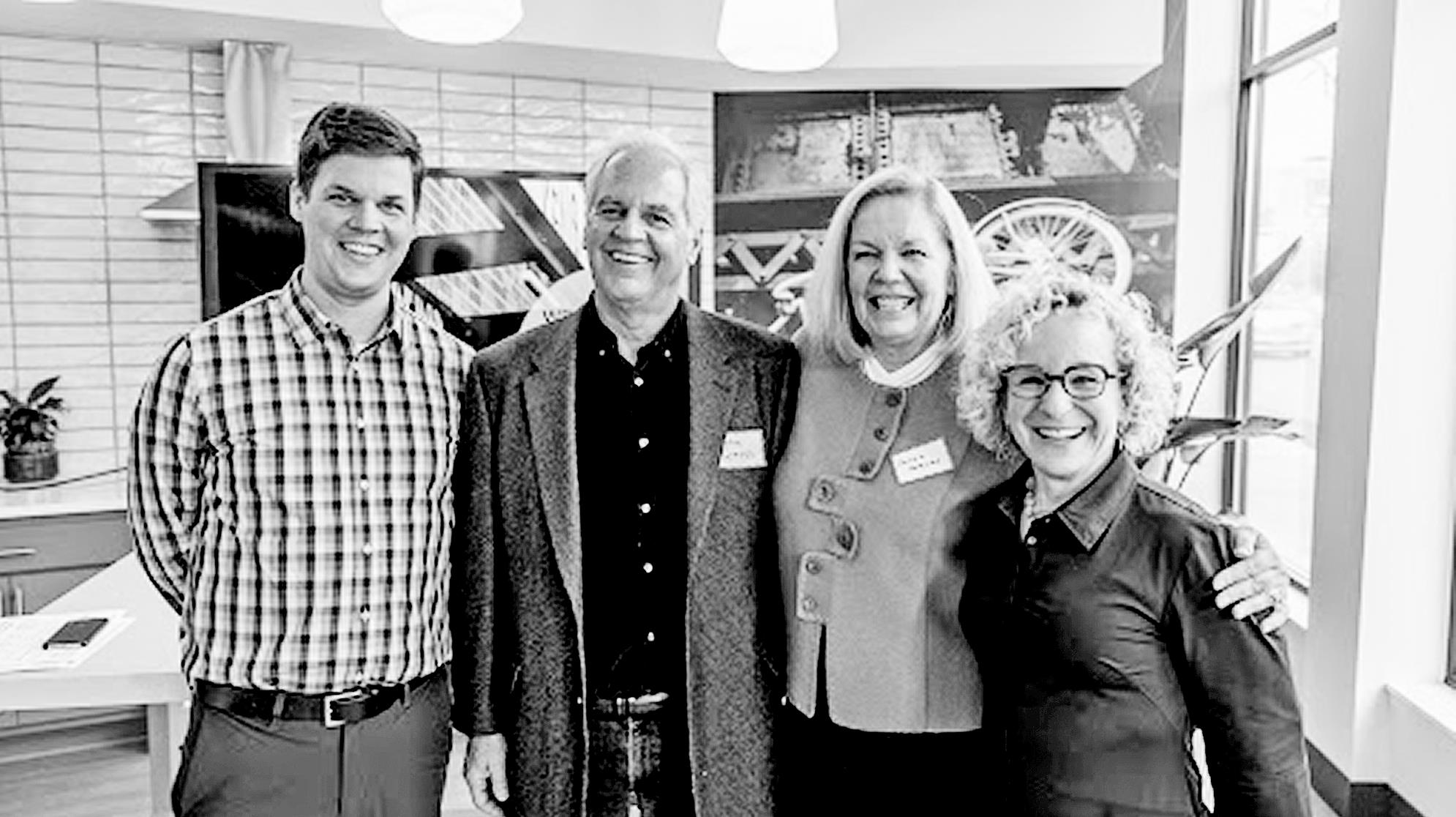

Gerard Bodell, a retired Target financial manager, volunteered three years ago to be an advocate for Hennepin County youths in foster care who must deal with the court system either through their parents’ dates or in family court.
Now, he also leads the nonprofit that supports the volunteers, Minnesota Court Appointed Special Advocates (CASA). Recently, he spent much time urging the state board that oversees the guardian ad litem program, which also includes paid staff, to revive the flagging volunteer force.
He’s ready to take his fight to the Minnesota Legislature this winter if he can’t get some action.
The young people are among the state’s most vulnerable, f rom homes torn apart by alcohol, drugs, neglect and often violence. And the paid staff is overwhelmed, working with about 30 families and 100-plus children, according to CASA.
“A volunteer can spend as little as 10 hours a month,” Bodell said. “ I want high-performing, diverse volunteers. They are needed and out there.”
The number of guardian volunteers has fallen from about 250 to 120 since 2019. The dwindling of the ranks began before the coronavirus pandemic hit. A legislative auditor’s report was critical of management of the guardian program, but not the volunteers.
As COVID-19 complicated issues, the training program has not been revamped or restarted. The state has hired more employee-guardians, but not enough to cut significantly into demand for services.
A frustrated Bodell, after discussions with Minnesota guardian ad litem (GAL) management, appealed to the program’s board last week. The seven-member body is appointed by the governor and the Minnesota Supreme Court.
“I’m concerned that with no action the volunteer guardian program will be out of business within about two years — the CASA board supports and the volunteers support keeping it alive,’’ Bodell told board members.
“I’m looking for your support to keep it alive. These are the most vulnerable children in our society.’’ Board Chair Crysta Parkin, an assistant Dodge County attorney, said the board would address the issue by spring.
Tami Baker-Olson, administrator of the GAL program, said the 2018 Legislature provided additional funding for the number of paid guardians to grow to 241, so there was less need for volunteers lost to the pandemic and attrition.
She also said in an e-mail that the GAL program doesn’t have a policy to move to paid staff only, and that management appreciates volunteers as well as employees.
Volunteers are wary.
Denise Graves, a 15-year Hennepin County guardian, wrote a letter to the Minnesota GAL board, calling her time as a volunteer “eye-opening.” She and her husband, John Graves, have publicly committed to donating about $100 million made from the sale of their business several years ago to causes benefiting neglected kids through their Graves Family Foundation.
She strongly advocates a program with both paid and volunteer advocates.
“Volunteers had the ability to take time to know a child and understand their needs,” Graves wrote. While an employee might have 30 or more cases, a volunteer only has a few at a time, allowing a better evaluation of the services offered to both the child and parents.
“ But most importantly,” she said in the letter, volunteers “could gain the trust of a child. In my experience, especially with older children, one of the most powerful things I could say was that I was ‘volunteering’ to advocate for them. Children become very aware that people around them are paid to care … and that often builds mistrust.”
Graves and Bodell want to see more volunteers in the program and the outsider perspective they bring, including as change agents.
“The volunteer GALs were often connected to other parts of the community, and finding ways to meet those needs outside the child-protection system is invaluable,” Graves said.
Bodell, 56, who regularly put together business teams and presentations during his Target career, made a case, based on Minnesota and national research, for expanding the volunteer effort. For example, a child with a CASA guardian is more likely to achieve permanent placement with a family, spend less time in foster care and do better in school.
Moreover, judges tend to follow volunteer recommendations on behalf of guardians. There are 93,000 volunteer guardians operating in 49 states, so it’s a wellembraced model.
Minnesota’s CASA since 2016 has raised about $120,000 to benefit foster children. That’s more than Hennepin County’s budget for volunteer training over several years and includes an annual conference for guardian employees and volunteers.
Bodell, who learned about being a guardian years ago from another volunteer, is all in on this service. He’s ready to fight for legislators’ support if need be.
“I have to keep pushing the government bureaucracy,” Bodell said. “I’m pushing for the February agenda.”

